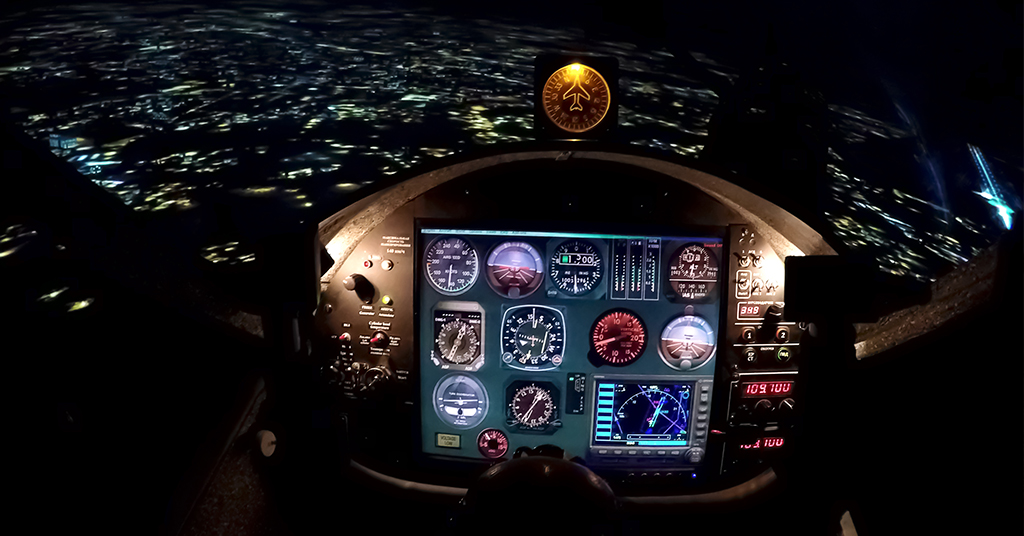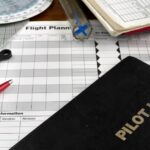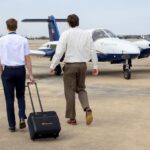By Steven Daun, National Chief Pilot
The majority of a pilot’s flight training is during daytime in VFR conditions. Instructors do this for several obvious reasons, which we aren’t going to discuss in this article. For most students, the excitement comes when they are getting close to doing their night flights and night cross country flights. Most of these students aren’t disappointed.
Night flying adds a whole new dimension to our flying experience. It’s cooler, smoother and usually, we see less traffic and congestion. The radios are calm and mostly quiet and on clear nights, you can see what appears to be whole galaxies above you and seas of lights below.
Seeing the lighting outlines of small towns and large cities from the air is a unique and special experience. It seems that just about every light that you see from the air twinkles like a star. If you aren’t careful, it can capture all of your attention and hypnotize you. The beauty is second to none.
So why then do so few pilots fly at night? Most are concerned about the lack of clear visual cues on the ground, while others are concerned about having an emergency at night. We hear these concerns from students quite often. The fact is that with a normal degree of planning and some situational awareness, night flying is quite safe. So, how do we achieve “safe” night flights?
We can achieve “safe” night flights by:
- Making sure that your night takeoff and landing requirements are met.
- Finalizing a thorough flight plan complete with landmarks, references and available airports.
- Conducting a thorough preflight of your aircraft and equipment. This not only includes checking the aircraft lights, but checking for a flashlight with backup batteries (your phone does not count). Since Mr. Murphy loves airplanes, do you have a backup flashlight?
- Filing and opening a flight plan.
- Requesting flight following.
- Briefing your passengers on what they will experience and that they should not turn on any bright lights or take any pictures using a flash.
Many pilots find that they can minimize their “night flight” anxiety by either working with an instructor on night flying skills, and or earning their instrument rating. Others need to regain their currency. Regardless of how you do it, make sure that you include takeoff and landings to both controlled and uncontrolled airports. If it has been a while since you have flown at night, you may want to have an instructor with you to practice flying over dark areas and lakes. Regaining your nighttime sight picture and reducing disorientation effects is very important. Identifying the correct airport and runway at night is another challenge that pilots face. You may want to ask your instructor to review nighttime emergency procedures, as well.
Don’t forget that the best time to work on earning your instrument rating or regaining your IFR skills is at night. It’s quiet, and you can usually get as many approaches as you want.
As we move into the winter months, we will begin to see clear night skies, cool temperatures, and unlimited visibility. Why not get your night currency now so you can take advantage of it when the opportunity presents itself?










